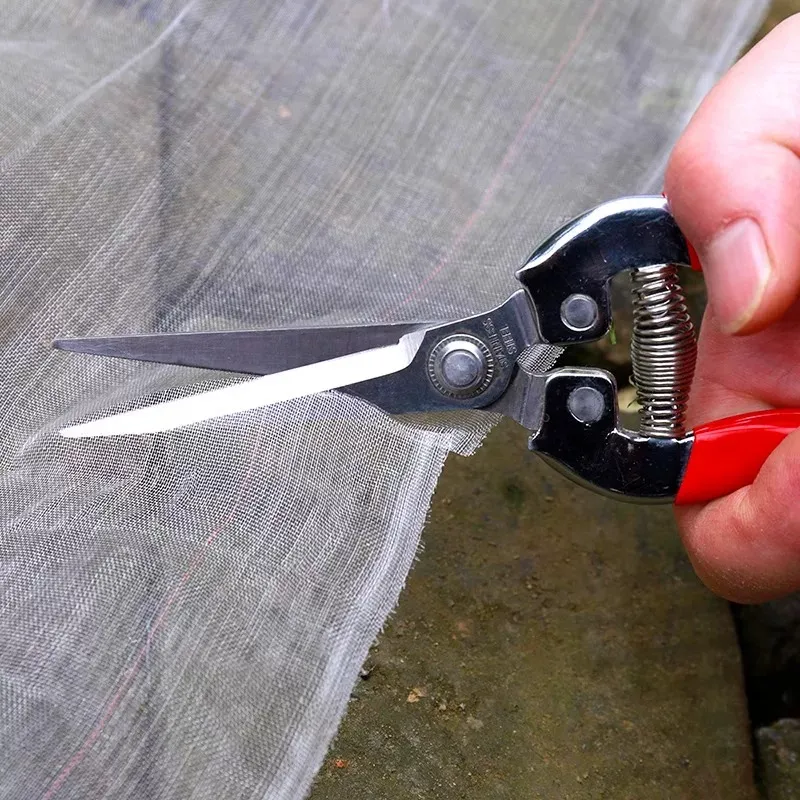-
 Afrikaans
Afrikaans -
 Albanian
Albanian -
 Amharic
Amharic -
 Arabic
Arabic -
 Armenian
Armenian -
 Azerbaijani
Azerbaijani -
 Basque
Basque -
 Belarusian
Belarusian -
 Bengali
Bengali -
 Bosnian
Bosnian -
 Bulgarian
Bulgarian -
 Catalan
Catalan -
 Cebuano
Cebuano -
 China
China -
 Corsican
Corsican -
 Croatian
Croatian -
 Czech
Czech -
 Danish
Danish -
 Dutch
Dutch -
 English
English -
 Esperanto
Esperanto -
 Estonian
Estonian -
 Finnish
Finnish -
 French
French -
 Frisian
Frisian -
 Galician
Galician -
 Georgian
Georgian -
 German
German -
 Greek
Greek -
 Gujarati
Gujarati -
 Haitian Creole
Haitian Creole -
 hausa
hausa -
 hawaiian
hawaiian -
 Hebrew
Hebrew -
 Hindi
Hindi -
 Miao
Miao -
 Hungarian
Hungarian -
 Icelandic
Icelandic -
 igbo
igbo -
 Indonesian
Indonesian -
 irish
irish -
 Italian
Italian -
 Japanese
Japanese -
 Javanese
Javanese -
 Kannada
Kannada -
 kazakh
kazakh -
 Khmer
Khmer -
 Rwandese
Rwandese -
 Korean
Korean -
 Kurdish
Kurdish -
 Kyrgyz
Kyrgyz -
 Lao
Lao -
 Latin
Latin -
 Latvian
Latvian -
 Lithuanian
Lithuanian -
 Luxembourgish
Luxembourgish -
 Macedonian
Macedonian -
 Malgashi
Malgashi -
 Malay
Malay -
 Malayalam
Malayalam -
 Maltese
Maltese -
 Maori
Maori -
 Marathi
Marathi -
 Mongolian
Mongolian -
 Myanmar
Myanmar -
 Nepali
Nepali -
 Norwegian
Norwegian -
 Norwegian
Norwegian -
 Occitan
Occitan -
 Pashto
Pashto -
 Persian
Persian -
 Polish
Polish -
 Portuguese
Portuguese -
 Punjabi
Punjabi -
 Romanian
Romanian -
 Russian
Russian -
 Samoan
Samoan -
 Scottish Gaelic
Scottish Gaelic -
 Serbian
Serbian -
 Sesotho
Sesotho -
 Shona
Shona -
 Sindhi
Sindhi -
 Sinhala
Sinhala -
 Slovak
Slovak -
 Slovenian
Slovenian -
 Somali
Somali -
 Spanish
Spanish -
 Sundanese
Sundanese -
 Swahili
Swahili -
 Swedish
Swedish -
 Tagalog
Tagalog -
 Tajik
Tajik -
 Tamil
Tamil -
 Tatar
Tatar -
 Telugu
Telugu -
 Thai
Thai -
 Turkish
Turkish -
 Turkmen
Turkmen -
 Ukrainian
Ukrainian -
 Urdu
Urdu -
 Uighur
Uighur -
 Uzbek
Uzbek -
 Vietnamese
Vietnamese -
 Welsh
Welsh -
 Bantu
Bantu -
 Yiddish
Yiddish -
 Yoruba
Yoruba -
 Zulu
Zulu
Jan . 14, 2025 15:19
Back to list
Fruits tree netting Insect-proof mesh cover
Mist nets, an essential tool for ornithologists and wildlife researchers, have revolutionized the study of avian populations and behavior. These nets, constructed from ultra-fine threads, are designed to blend seamlessly into natural environments, making them almost invisible to birds. This ingenious design allows researchers to safely capture birds for study, facilitating vital contributions to our understanding of biodiversity and avian ecology.
Moreover, ethical considerations are integral to the use of mist nets. Researchers adhere to stringent ethical guidelines and legal regulations, ensuring that bird handling and data collection are conducted responsibly. Proper training in bird extraction techniques is mandatory to ensure minimal disruption and maximum safety for both the birds and the handlers. These rigorous standards not only safeguard wildlife but also reinforce trust in the scientific community's commitment to ethical research practices. In recent years, technological advancements have enhanced mist netting methodologies. Some modern nets are equipped with RFID tags or sensors, enabling more detailed monitoring and data recording. Additionally, the integration of digital data collection tools has streamlined the process of cataloging captured birds and sharing findings with the broader scientific community. Such innovations have elevated the efficiency and scope of mist netting, offering researchers new avenues for breakthrough discoveries in avian science. As a product, mist nets are more than just research tools—they are gateways to deeper ecological insights. By facilitating the meticulous study of bird species in their natural habitats, these nets support critical conservation efforts and promote sustainable wildlife management. For those invested in avian research, selecting the right mist net is crucial not only for successful captures but also for contributing to the broader scientific quest for knowledge and preservation of our planet's avian diversity. In conclusion, the sophisticated yet understated design of mist nets underscores their significance in field research. As researchers continue to depend on these nets for capturing valuable data, ongoing innovations and adherence to ethical standards will ensure that mist netting remains a trusted and authoritative method in the study of birds. By fostering a deeper understanding of bird ecology, mist nets not only serve researchers but also play a pivotal role in advancing global conservation initiatives.


Moreover, ethical considerations are integral to the use of mist nets. Researchers adhere to stringent ethical guidelines and legal regulations, ensuring that bird handling and data collection are conducted responsibly. Proper training in bird extraction techniques is mandatory to ensure minimal disruption and maximum safety for both the birds and the handlers. These rigorous standards not only safeguard wildlife but also reinforce trust in the scientific community's commitment to ethical research practices. In recent years, technological advancements have enhanced mist netting methodologies. Some modern nets are equipped with RFID tags or sensors, enabling more detailed monitoring and data recording. Additionally, the integration of digital data collection tools has streamlined the process of cataloging captured birds and sharing findings with the broader scientific community. Such innovations have elevated the efficiency and scope of mist netting, offering researchers new avenues for breakthrough discoveries in avian science. As a product, mist nets are more than just research tools—they are gateways to deeper ecological insights. By facilitating the meticulous study of bird species in their natural habitats, these nets support critical conservation efforts and promote sustainable wildlife management. For those invested in avian research, selecting the right mist net is crucial not only for successful captures but also for contributing to the broader scientific quest for knowledge and preservation of our planet's avian diversity. In conclusion, the sophisticated yet understated design of mist nets underscores their significance in field research. As researchers continue to depend on these nets for capturing valuable data, ongoing innovations and adherence to ethical standards will ensure that mist netting remains a trusted and authoritative method in the study of birds. By fostering a deeper understanding of bird ecology, mist nets not only serve researchers but also play a pivotal role in advancing global conservation initiatives.
Next:
Latest news
-
Shipping Plastic Bags for Every NeedNewsJul.24,2025
-
Safety Netting: Your Shield in ConstructionNewsJul.24,2025
-
Plastic Mesh Netting for Everyday UseNewsJul.24,2025
-
Nylon Netting for Every UseNewsJul.24,2025
-
Mesh Breeder Box for Fish TanksNewsJul.24,2025
-
Expanded Steel Mesh Offers Durable VersatilityNewsJul.24,2025











